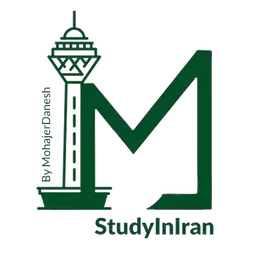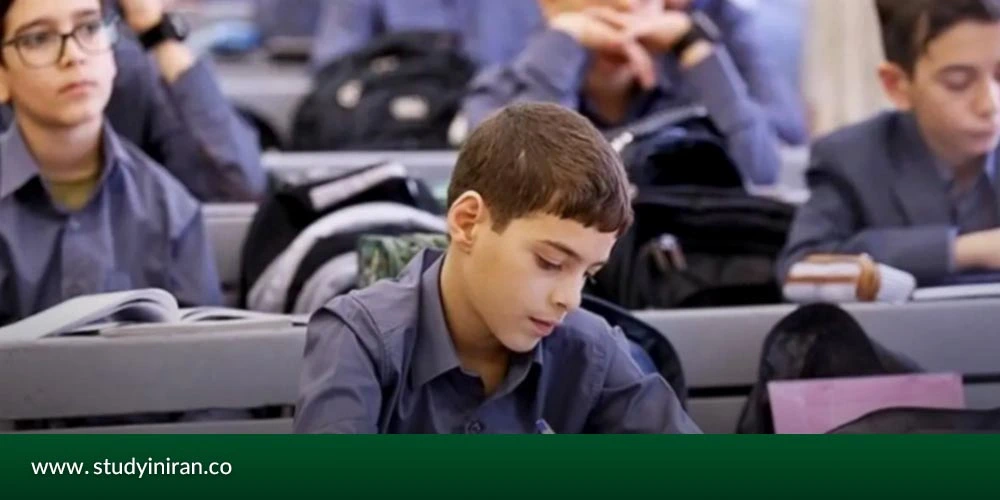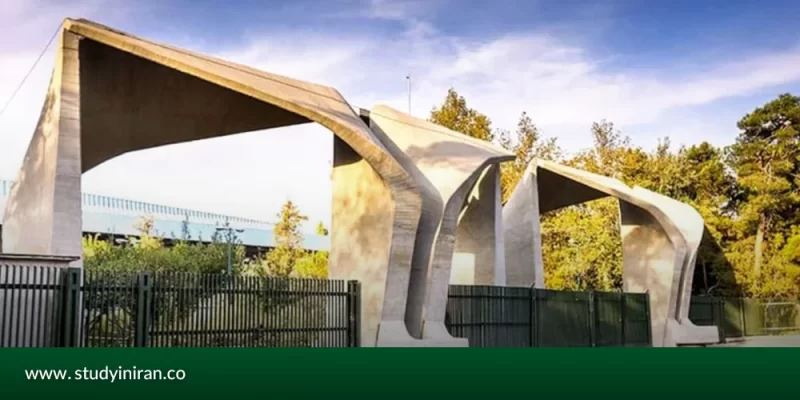Iran has a centralized education system managed by the Ministry of Education and the Ministry of Science, Research, and Technology. It begins with preschool, followed by primary and secondary school, and continues to higher education. Primary and lower secondary education are compulsory and free.
From upper secondary school, students choose either an academic track or a technical/vocational path. Admission to most universities is through the national entrance exam (Konkur).
Iran’s higher education sector includes universities with international recognition, offering a range of programs at relatively low tuition fees compared to many countries. Combined with affordable living costs and diverse cultural experiences, Iran is an increasingly attractive option for both local and international students.
Primary Education in Iran
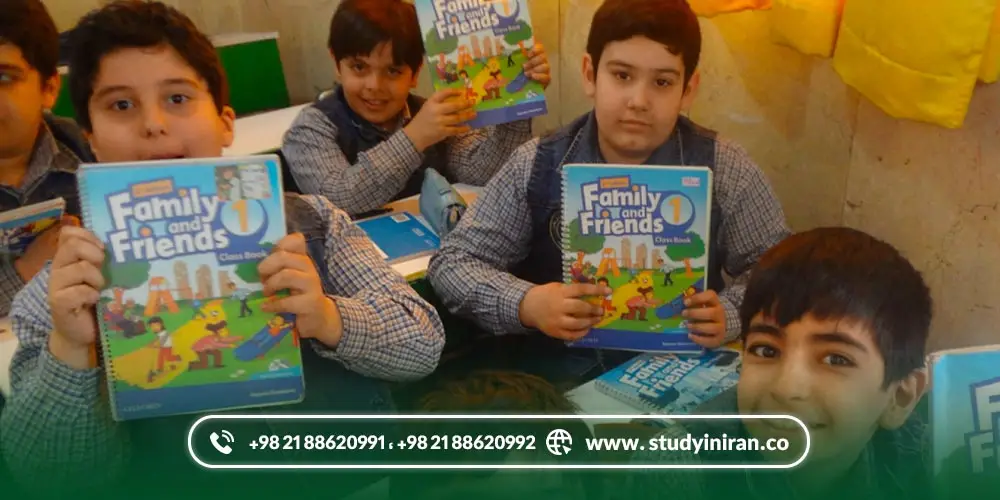
Age Group and Duration
Primary education in Iran starts at age 6 and continues until age 11. It is free and compulsory for all children regardless of gender or location. Before entering primary school, children attend one year of preschool, which focuses on basic social skills, early literacy and numeracy, colors, basic math concepts, personal hygiene, and teamwork.
Curriculum Structure
The primary curriculum emphasizes building strong foundations in reading, writing, and arithmetic. Students also study basic sciences (introductory biology, simple physics and chemistry), art (drawing, crafts, and basic music), physical education, and life skills. The aim is not only to develop academic knowledge but also to foster creativity, social interaction, and self-confidence.
Assessment and Transition
At the end of primary school, students take a national final exam assessing reading, writing, math skills, and basic science comprehension. Passing this exam is required to move on to lower secondary education (grades 6–9).
School Environment
Primary schools in Iran are generally functional and gender-segregated, with trained teachers for foundational education. They often offer extracurricular activities such as science fairs, sports competitions, and art exhibitions. In rural or low-population areas, mixed-gender classes may be held to ensure education access for all students.
Secondary Education in Iran
Age Group and Duration
Secondary education in Iran typically begins at age 15 and continues until age 18, covering grades 9 to 12. It follows primary and lower secondary education, representing the second major stage of formal schooling.
Structure and Study Tracks
At the start of this stage, students choose between two main educational pathways:
Academic Track
Designed for students planning to enter university and pursue academic degrees. This track is divided into:
- Humanities: Focuses on history, philosophy, sociology, Persian and Arabic literature.
- Mathematics & Physics: Suitable for those interested in engineering, architecture, computer science, and technical fields.
- Experimental Sciences: Centers on biology, chemistry, and physics, preparing students for medicine, pharmacy, dentistry, and basic sciences.
Technical and Vocational Track
Intended for students seeking practical skills and faster entry into the job market. Main branches include:
- Agriculture: Skills in crop production, resource management, and related fields.
- Business and Services: Training in commerce, accounting, tourism, and business management.
- Technical and Engineering: Covers areas such as mechanics, electrical work, electronics, civil engineering, and manufacturing.
Higher Education in Iran
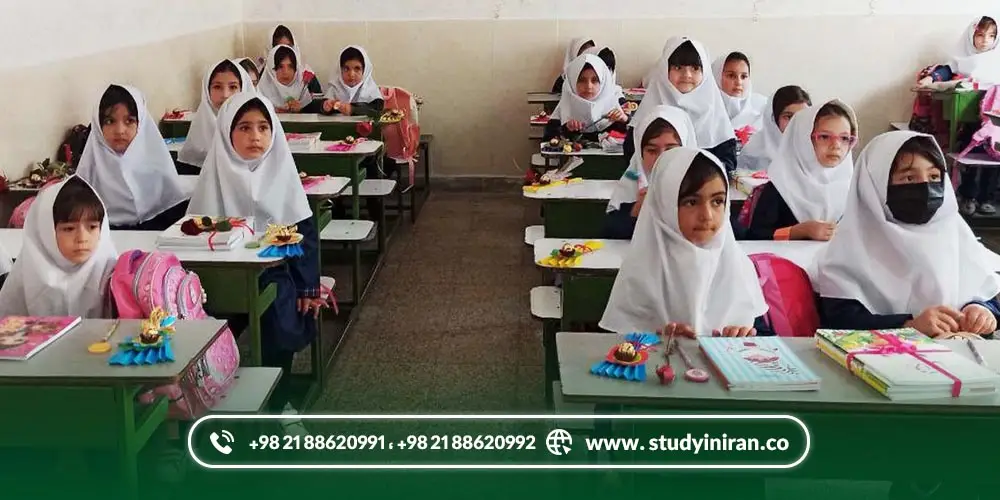
Admission Requirements and Entrance Exam
To enter Iranian universities, students must first earn a secondary school diploma and then take the national university entrance exam, known as the Konkur. This highly competitive test plays a decisive role in determining both the field of study and the university a student can attend.
Institutions and Program Variety
Successful candidates can enroll in universities, technology institutes, medical schools, or other higher education and research centers. Iran offers a wide range of undergraduate, master’s, and doctoral programs across disciplines such as engineering, basic sciences, humanities, arts, medicine, and emerging technologies.
Academic Standing and Rankings
Many Iranian universities maintain strong academic reputations. Institutions like the University of Tehran, Sharif University of Technology, and Amirkabir University of Technology are internationally recognized, ranking in global listings for their quality education, research facilities, and distinguished faculty.
International Opportunities
For foreign students, studying in Iran offers affordable tuition alongside the chance to experience a rich and diverse culture. Some universities provide programs in English, as well as Persian language courses to help non-Persian speakers adapt academically and socially.
Universities in Iran for International Students
Iran offers a mix of high-ranking universities, affordable education, and a rich cultural setting, making it an attractive option for students from abroad. Public and private institutions provide bachelor’s, master’s, and PhD programs across engineering, sciences, medicine, arts, and humanities. Notable universities include the University of Tehran, Sharif University of Technology, and Amirkabir University of Technology, all recognized internationally for their academic quality and research.
Language and Academic Structure
Most programs are in Persian, but some universities — especially in engineering and medical fields — offer English-taught courses. Students who do not speak Persian may need to complete a language preparation program before starting their degree.
Costs and Scholarships
Tuition and living costs in Iran are generally low compared to many countries. On top of that, government bodies and universities offer scholarships for qualified international students, which can partially or fully cover tuition and sometimes living expenses.
Student Life and Culture
Studying in Iran is also a chance to explore Persian culture, history, and art while living in cities like Tehran, Isfahan, Shiraz, or Tabriz. These cities combine academic resources with a vibrant cultural scene, giving students a well-rounded experience.
Requirements for International Students in Iran
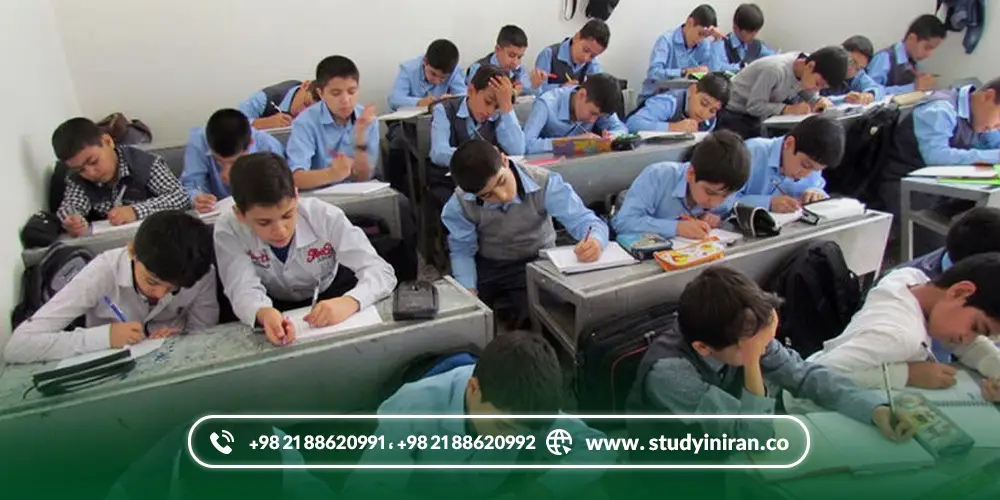
Applying to study in Iran involves specific steps and documentation:
1. Student Visa
Obtain a visa via an Iranian embassy, consulate, or directly through your chosen university.
2. Valid Passport
Must be valid for at least six months beyond your expected graduation date.
3. Admission Letter
Official acceptance from a recognized Iranian university or institution.
4. Language Skills
Proof of Persian proficiency for most programs, or TOEFL/IELTS scores for English-taught courses.
5. Academic Records
Certified and translated transcripts and diplomas.
6. Photos
Recent biometric passport photos for records and visa processing.
7. Fees
Payment of visa and registration fees, which vary by university and country.
8. Additional Documents
Some programs require recommendation letters, proof of financial resources, or entrance exams.
9. University-Specific Rules
Check your chosen university’s site for any extra requirements.
10. Scholarships
Merit- and need-based options are available through universities and government programs.
11. Timing
Start the application process months in advance to account for admission, paperwork, and visa processing times.
Final Thoughts
Iran offers a structured, affordable, and academically competitive education system, making it a viable choice for both local and international students. From free, compulsory primary education to specialized high school programs and diverse university degrees, the pathway is designed to prepare students for both professional and academic success. Low tuition fees, reasonable living costs, and available scholarships make studying in Iran financially accessible. For students seeking a distinctive academic setting combined with exposure to Persian culture, history, and language, Study in Iran is a practical resource for navigating admissions, tuition, scholarships, and campus life.
F&Q
Yes. Children start at age 6, and grades 1–5 are both free and compulsory.
It’s divided into lower secondary (grades 6–9) and upper secondary (grades 10–12). In the final stage, students choose either an academic or a vocational track.
The main options are Literature & Humanities, Math & Physics, and Experimental Sciences.
Hands-on training in areas like agriculture, business, and engineering, offered through public centers, mobile training units, and private institutes.
By taking the national entrance exam, known as the Konkur. Your score determines which programs and universities you can apply to.
Yes. Many do, and some run full degree programs in English.
Persian for most programs. English is taught as a second language and is the medium of instruction for select courses.
Yes. Universities and government agencies offer both merit-based and need-based funding.
Bachelor’s: 4 years; Master’s: 2 years; PhD: 3–6 years.
Tuition is usually $1,000–$3,000 a year, with living costs significantly lower than in many other countries.
